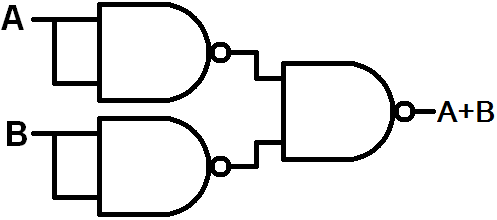The minimum amount of energy necessary to start the emission of electrons from a metal's surface is known as its work function.
Intensity of Light: If a high intense light of frequency equal or greater than threshold frequency falls on the surface of matter, the photoelectric effect is caused. Since studying the impact of this factor is the focus of this research study, therefore, it would be discussed in detail however: one thing which is very clear is that the emission of electrons does not depend upon the intensity of light unless the frequency of light is greater than the threshold frequency.
Frequency: If a beam of light with frequency equal to or greater than threshold frequency strikes the surface of matter, photoelectric effect is produced. If frequency is less than the threshold frequency, then photoelectric effect cannot be seen. The threshold frequency varies from matter to matter.


Given :
λ1 = 400nm = 400 * 10-9 m
λ0 = 360nm = 360 *10-9 m
Vs = 0.34 V
e = 1.6 * 10 -19 C
c = 3 * 10 8 m/s
we have ,
e Vs = hf1 - hf0
e Vs = (hc / λ1 ) - (hc / λ0)
e Vs /hc = (1/λ1) - (1/λ0)
(1.6 * 10 -19 * 0.34 ) * h . 3 * 10 8 =( 1 / 400 * 10-9) - (1 / 360 *10-9 )
1/h = 1.5 * 10 33
h = 6.66 * 10 34 Js
Hence , the value Planck's constant is 6.66 * 10 34 Js .




